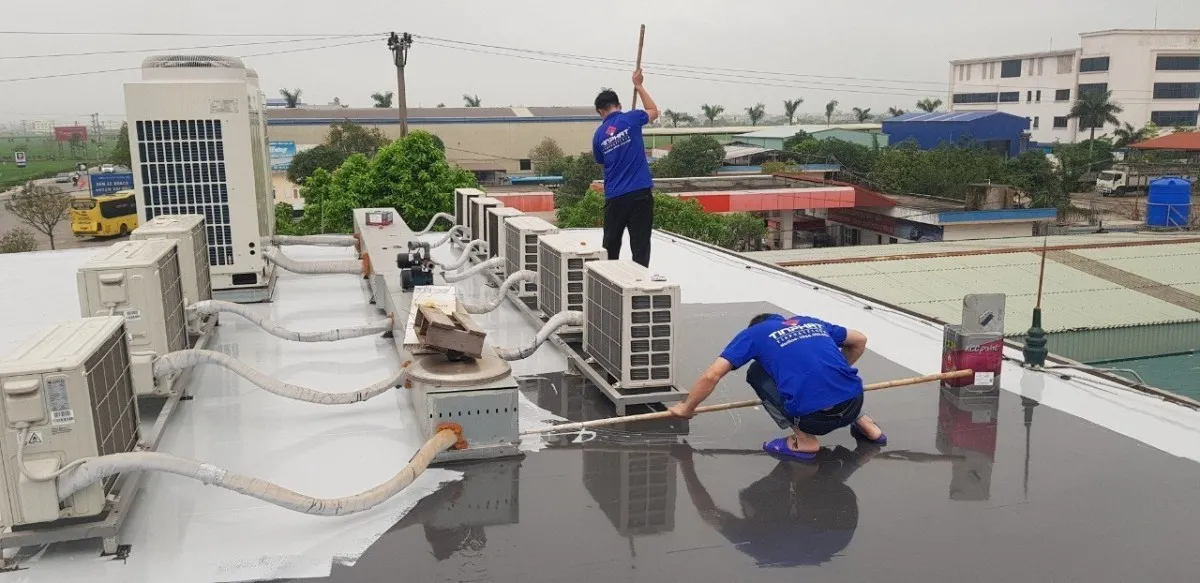Digital Health Innovations in Elderly Care 2025
Elderly care is entering a new era where technology and healthcare are merging to create safer, more personalized, and more efficient support systems for seniors. With rapid growth in digital health innovations, 2025 promises to reshape how older adults manage their health, connect with caregivers, and maintain independence. These innovations are not just medical tools - they represent a holistic transformation that empowers seniors to live longer, healthier, and more fulfilling lives.

This article explores the most important digital health innovations in elderly care in 2025, analyzing how they impact medical care, emotional well-being, and the overall quality of life for seniors. Families, caregivers, and healthcare professionals alike can use this guide to understand the opportunities and challenges of a digital-first approach to senior care.
The Rise of Digital Health in Elderly Care
The last decade has witnessed a surge in digital health solutions designed specifically for seniors. From wearable devices to AI-driven monitoring platforms, technology is filling gaps that traditional care models cannot always address.
The rise of digital health in elderly care is driven by three main factors: the aging population, increased healthcare costs, and the need for personalized care. By 2025, millions of seniors worldwide are benefiting from these tools, which combine real-time data collection with proactive health management.
Families also gain peace of mind, as technology ensures continuous monitoring and immediate alerts when potential health risks arise.
Telemedicine and Virtual Consultations
Telemedicine has become one of the most transformative digital health innovations in elderly care. Seniors can now consult doctors without leaving their homes, reducing stress and eliminating transportation challenges.
Benefits of Telemedicine for Seniors
- Access to specialists without travel
- Lower healthcare costs due to fewer hospital visits
- Real-time adjustments to medications and treatment plans
By 2025, telemedicine platforms include video consultations, digital prescriptions, and AI-assisted symptom checkers. Seniors with mobility issues or chronic illnesses particularly benefit from these virtual services, which provide immediate and continuous medical attention.
Wearable Health Monitoring Devices
Wearables are no longer limited to fitness trackers - they have become life-saving tools for seniors. Devices can now monitor heart rate, blood pressure, oxygen levels, sleep quality, and even detect falls in real time.
Examples of Wearable Innovations
- Smartwatches that track irregular heart rhythms
- Fall-detection pendants with automatic emergency alerts
- Continuous glucose monitors for diabetic seniors
These devices are connected to caregivers and medical professionals through cloud platforms, ensuring data is analyzed instantly. The ability to detect anomalies early reduces hospitalizations and promotes preventive healthcare.
AI and Predictive Analytics
Artificial intelligence (AI) is revolutionizing elderly care by analyzing health data and predicting potential risks. Predictive analytics allow caregivers to intervene before issues become emergencies.
For example, an AI system might detect early signs of infection through changes in body temperature or predict a potential fall based on gait patterns. By 2025, many senior care facilities and home healthcare providers are adopting AI-driven platforms to ensure safety.
Advantages of AI in Elderly Care
- Early detection of chronic conditions
- Personalized care recommendations
- Reduced strain on caregivers through automated monitoring
This innovation ensures that seniors receive proactive, rather than reactive, healthcare.
Smart Home Integration
Smart homes are transforming into safe havens for seniors. Digital health devices are now seamlessly integrated with smart home systems to create environments that adapt to seniors’ needs.
Smart Home Features in Elderly Care
- Voice-controlled lights and appliances
- Sensors that detect movement and alert caregivers if unusual activity occurs
- Medication dispensers that remind seniors to take prescriptions
These digital health innovations empower seniors to maintain independence while minimizing risks. By 2025, more families are investing in smart home technologies to support aging in place.
Robotics and Assistive Technology
Robotic innovations are helping seniors manage daily activities while reducing caregiver burden. Robots in 2025 are capable of assisting with mobility, delivering meals, and providing companionship.
Types of Assistive Robots
- Mobility robots that guide seniors safely around the home
- Social robots offering conversation and emotional support
- Service robots for tasks such as cleaning or lifting heavy items
Robots may not replace human caregivers, but they provide supplemental support that enhances quality of life. For seniors experiencing loneliness, robots equipped with conversational AI offer meaningful interaction.
Digital Mental Health Support
Mental health is as important as physical health in elderly care. In 2025, digital platforms are offering therapy sessions, meditation guidance, and social interaction tools designed for seniors.
Innovations in Mental Health Care
- Virtual reality programs that stimulate memory for dementia patients
- Online therapy sessions tailored to older adults
- AI companions that engage in conversations to reduce loneliness
These digital health tools ensure that emotional well-being is integrated into care plans, addressing a long-neglected area of elderly support.
Remote Patient Monitoring Systems
Remote patient monitoring (RPM) allows caregivers to continuously track health metrics and intervene when necessary. Unlike traditional monitoring, RPM provides real-time alerts for conditions like hypertension, diabetes, or heart failure.
Benefits of RPM in Elderly Care
- Reduced hospital readmissions
- Improved chronic disease management
- Peace of mind for families through constant oversight
By 2025, RPM systems are widely used in both home care and nursing facilities, ensuring seniors receive personalized and timely interventions.
Challenges and Ethical Considerations
While digital health innovations offer numerous benefits, challenges remain. Affordability is a major issue - many seniors cannot afford advanced devices or subscription-based services. Additionally, some older adults struggle with digital literacy, making adoption difficult.
Privacy and data security also raise concerns. Storing sensitive health data on digital platforms creates risks of cyberattacks and misuse. Ethical questions about replacing human interaction with AI or robots further complicate implementation.
Addressing the Challenges
- Subsidies and insurance coverage for digital health tools
- Training programs to improve digital literacy among seniors
- Stronger cybersecurity measures and ethical guidelines
The Future of Digital Elderly Care Beyond 2025
Looking ahead, the future of elderly care will combine digital health innovations with human compassion. By integrating AI, robotics, telemedicine, and holistic support systems, care will become more personalized, proactive, and sustainable.
Families and healthcare providers will increasingly collaborate with technology companies to create solutions tailored to seniors’ unique needs. The ultimate vision is a world where seniors live independently and confidently, supported by both technology and human care.
Conclusion
The year 2025 marks a turning point in elderly care, as digital health innovations reshape how seniors receive support. From telemedicine and wearables to AI-driven analytics and smart homes, these tools are enhancing safety, independence, and quality of life.
While challenges such as affordability and digital literacy remain, the opportunities are vast. By embracing these innovations, families and caregivers can ensure seniors not only live longer but also thrive in their later years. The future of elderly care is digital, personalized, and filled with promise.











